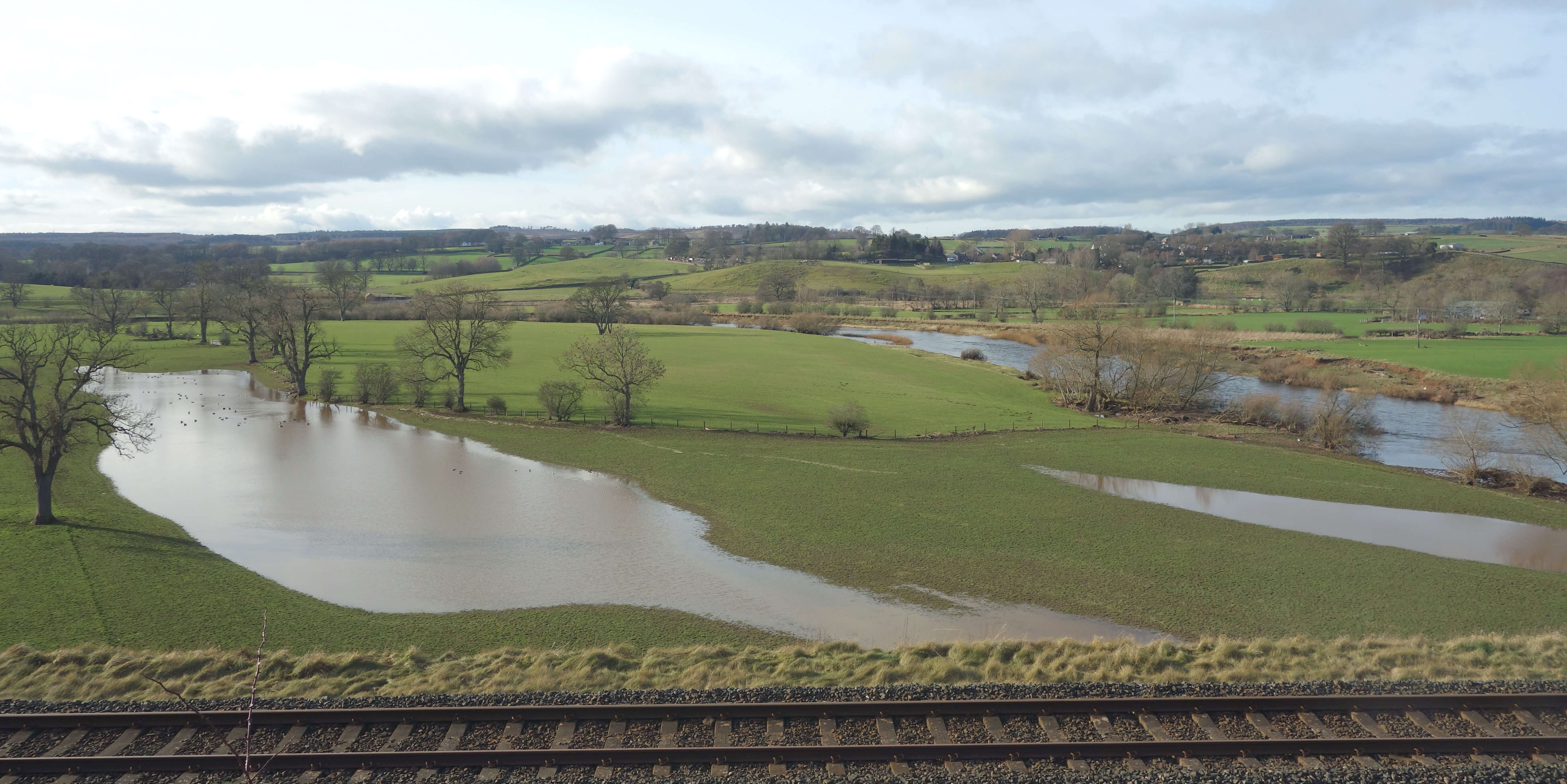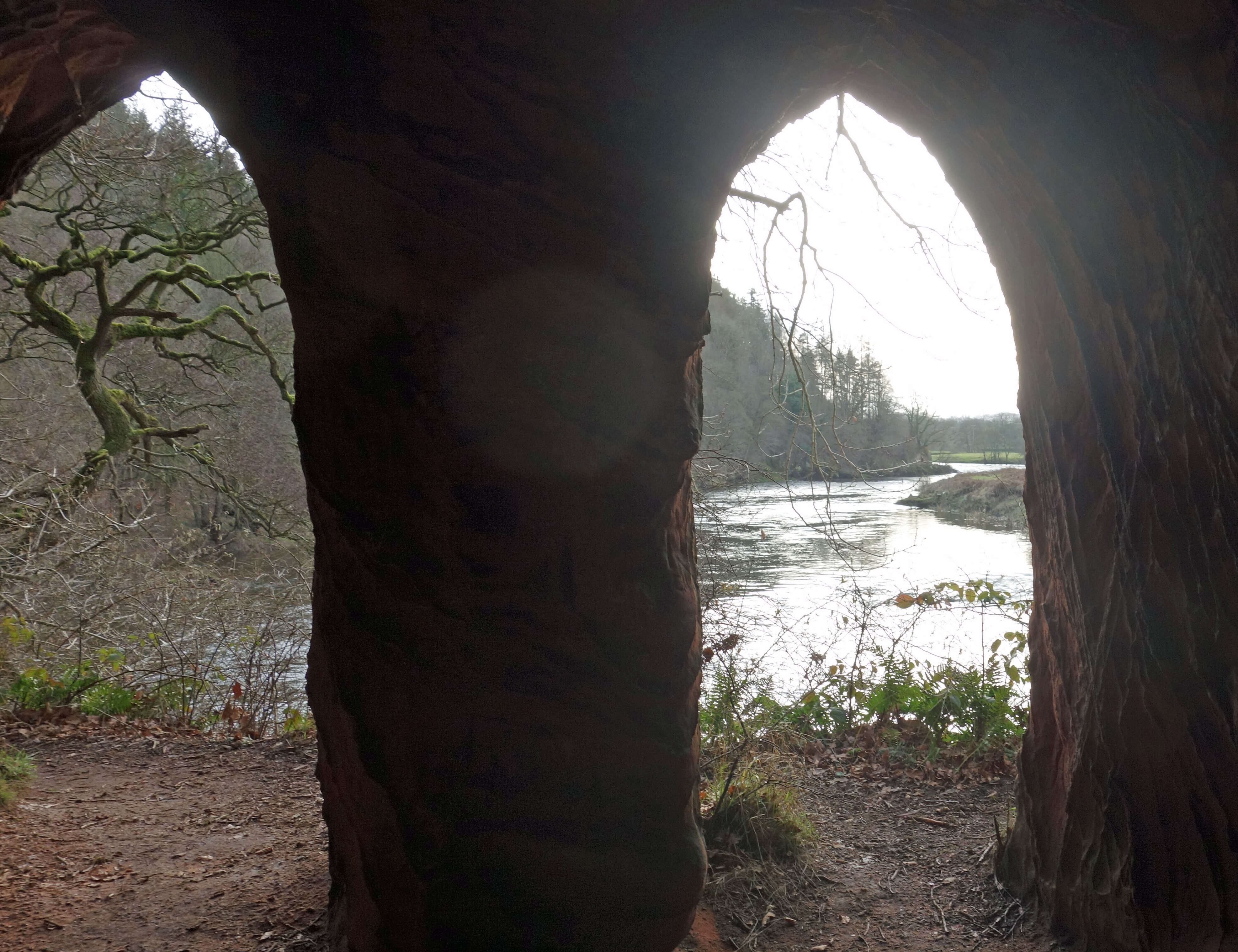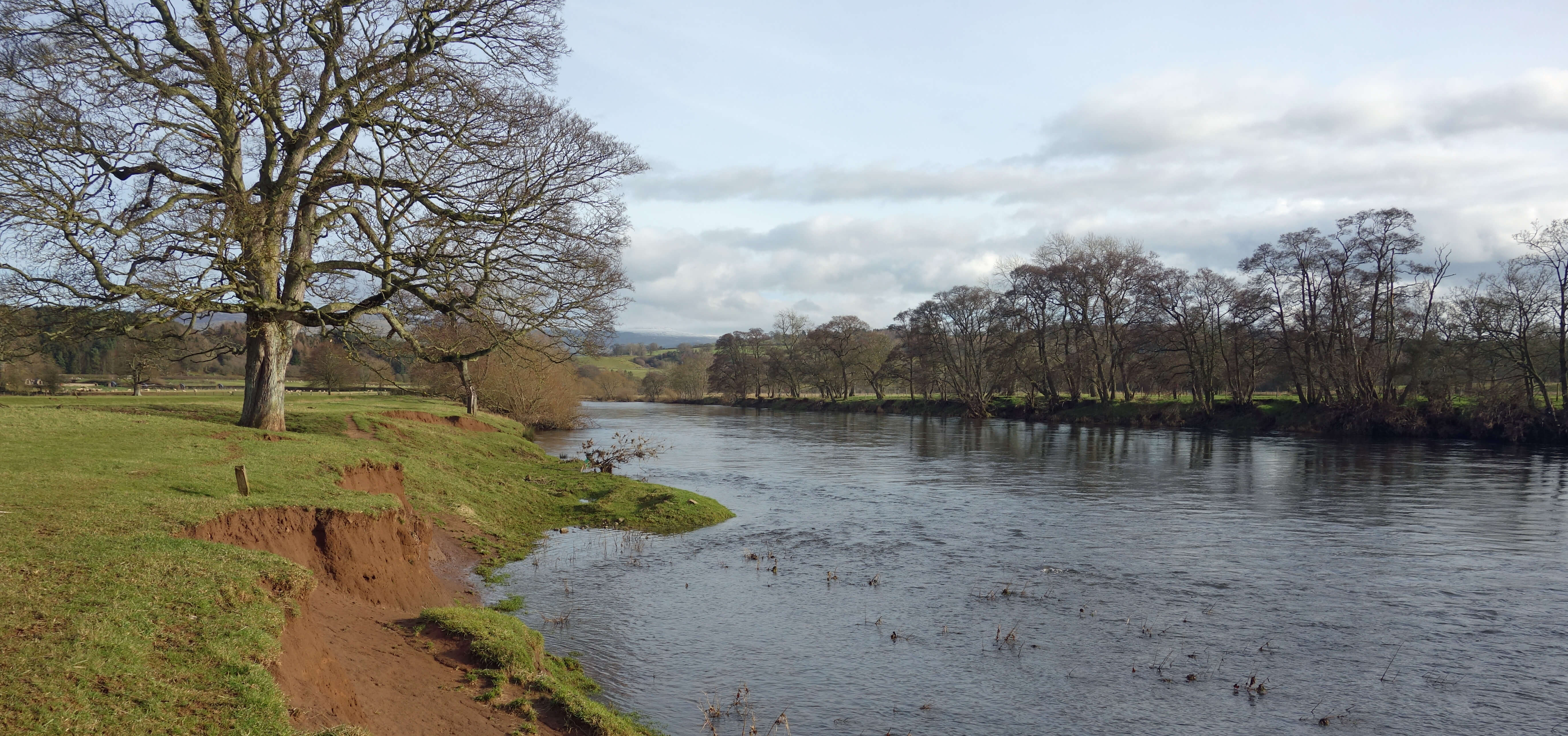
Home
Preamble
Index
Areas
Map
References
Me
Drakkar
Saunterings: Walking in North-West England
Saunterings is a set of reflections based upon walks around the counties of Cumbria, Lancashire and
North Yorkshire in North-West England
(as defined in the Preamble).
Here is a list of all Saunterings so far.
If you'd like to give a comment, correction or update (all are very welcome) or to
be notified by email when a new item is posted - please send an email to johnselfdrakkar@gmail.com.
42. Appreciating Long Meg and Lacy's Caves
It seems that everyone who writes about
Long Meg and Her Daughters
(hereafter Meg, for short) is obliged to mention Wordsworth’s opinion of it or them. So, here goes: “Next to Stone Henge, it is beyond dispute the most noble relick of its kind that this or probably any other country contains” (letter of 10 January 1821, quoted in Hill and de Selincourt (1978)). I will, however, refrain from adding the poem that Wordsworth wrote about Meg in 1833 (it can be read at the website linked to above). Writers do not usually go on to say that Wordsworth later admitted that he may have been taken by surprise and over-rated Meg (McCracken, 1984). He could also have admitted that being a poet and not a historian, antiquarian or scientist he was unqualified to give an informed opinion. Quoting Wordsworth is no doubt intended to underline the mysterious, majestic appeal of the site and to encourage people to visit it. I wondered how I would react to Meg.

Eden Bridge at Lazonby (a listed building, of red sandstone, erected in 1762)
From the Eden Bridge near Lazonby I walked past noisy oystercatchers to Kirkoswald to have a look at the ruins of
Kirkoswald Castle.
Actually, there is little to see, which is only to be expected since it’s had 500 years to fall down. Only an old
tower remains, engulfed in trees and protected by a discouraging moat. I pressed on towards Glassonby through many
neat, green fields, quiet apart from drumming woodpeckers. On the way, at Old Parks Farm, I came across a memorial to
Romany of the BBC (the Rev. George Bramwell Evens), who I had never heard of but I may be excused since he died in 1943. He is thought to have been the first broadcaster on natural history. He didn’t live at Old Parks but it seems that he enjoyed visiting it.
Me too but I didn’t linger there nor at the Glassonby cemetery, where there is an ancient cross, because Meg was
calling. I emerged past the farm of Longmeg to find the impressive stone circle displayed ahead in another neat, green,
quiet field. Long Meg herself stood a little aloof at the top of the field, looking down upon her brood of over sixty Daughters who form the third largest stone circle in Britain.

Long Meg and Her Daughters (from above and below)

In Sauntering 38
I commented that the Carlson and Berleant (2004) discussion about the aesthetic appreciation of the natural environment
did not take due account of the human influence upon that environment – and, of course, Meg is not natural. They also
did not reflect the reality that our response is almost always affected by the responses of others before us. My
reaction to Meg is inevitably coloured by what I had read about it beforehand. It is easier than in Wordsworth’s day
to see any number of photos and to watch Youtube videos of Meg and to therefore have, in advance, a good idea of what’s
to be seen. Even if you have no plan to visit a place you can’t always avoid gaining a pre-appreciation of it.
For example, I had read about the Giant’s Causeway and seen many photos and films about it before I had any thought
to visit it. My reaction was perhaps 90% pre-formed. In fact, the only real difference to what I expected was the
crowds of people of all nationalities clambering over it. Samuel Johnson – who said that “it’s worth seeing but not
worth going to see” – was too generous.
As it was, my reaction to Meg was not primarily an aesthetic one. It felt strange to see the circle in
such a tidy parkland, as if it were an exhibit on display. Since it is a constructed object perhaps it needs to be
viewed as a sculpture but it is certain that its setting would have been very different when it was built. It would
probably have been shrouded in shrubs and trees 4,000 years ago and that is difficult to picture now.
No, my reaction was more: Why? It cannot have been easy
to move these huge stones. Why did they do it? What happened at this circle? Items from
other Neolithic sites have been found here, leading some to think that Meg was part of a network of such sites. Meg
is on the brow of a small hill, high enough to provide a view of Blencathra, if not quite of the Castlerigg stone circle,
which may be significant.
Sometimes, like Wordsworth viewing Meg, one is taken by surprise. For example, in
Sauntering 39
I had not anticipated the grand view from Billington Moor and was therefore more appreciative of it. For this reason some walkers prefer to walk in ignorance of what they might see, so that they can form their own impressions with fresh eyes. I, however, do not trust my powers of observation to prevent me being frustrated to learn later that I had walked past some fascinating object without even noticing.

River Eden to the right, plus flooding
I always study the map in advance and here I noticed that my route back from Little Salkeld alongside the River
Eden passed Lucy’s Caves, which were new to me. I searched assiduously for information about Lucy and her Caves but
found none. I was looking forward to viewing Lucy’s Caves with fresh eyes – but then I saw that I had misread the
map. It’s Lacy’s Caves. And Lacy, I found, was Colonel Samuel Lacy of Salkeld Hall, who had the caves carved in
the 18th century, after trying to demolish Meg. It doesn’t seem to be known why in either case. Perhaps he
wanted people to be sitting here, 250 years later, wondering ‘Why?’ for both the caves and Meg.

Lacy's Caves and the River Eden
It would be remiss of me not to mention that there were signs at the two ends of the footpath to Lacy’s Caves to say
that it was closed. I don’t know why. Not having been before, I don’t know if the path has recently deteriorated.
Some of the boardwalks and little bridges have rotted or been washed away – but it was possible to get past them all.
The narrow path around the caves, with a sheer drop to the Eden on my left, was a little scary but it must always have been
so – and nothing can be done to make it less so. I predict that this path will stay officially closed
so that the authorities can say “well, we did warn you” if there is a mishap.
As for the caves themselves, they are a set of chambers carved into a red sandstone cliff on a bend of the Eden. I see that some visitors have complained about graffiti on the cave walls. Well, the whole thing is graffiti. A man with more money than sense has defaced a fine natural cliff that affords a marvellous view of the Eden by having chunks hewn out of it. I don’t think highly of this Lacy chap. I prefer Lucy.

Inside Lacy's Caves

River Eden
Date: February 11th 2019
Start: NY550403, car park by Eden Bridge, Lazonby (Map: OL5)
Route: NE – Kirkoswald – SE past Kirkoswald Castle – Old Parks, Glassonbybeck – S –
Glassonby – S, W, S – Long Meg and Her Daughters – S – Little Salkeld – W, N – Lacy’s Caves, Daleraven Bridge –
NW – Eden Bridge
Distance: 9 miles; Ascent: 105 metres
Home
Preamble
Index
Areas
Map
References
Me
Drakkar
© John Self, Drakkar Press, 2018-

Top photo: The western Howgills from Dillicar;
Bottom photo: Blencathra from Great Mell Fell









